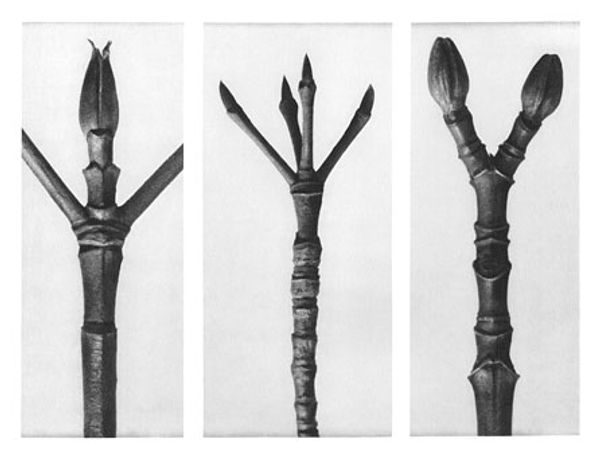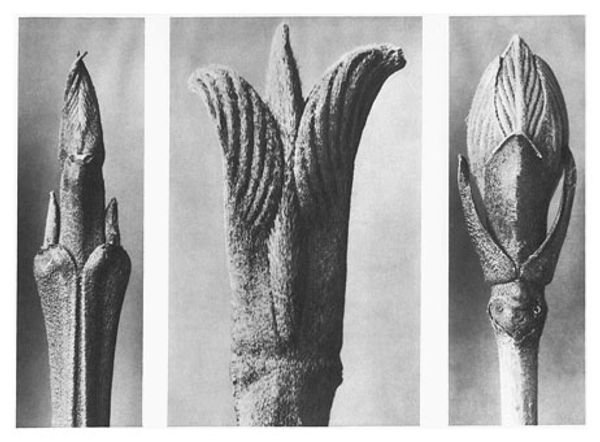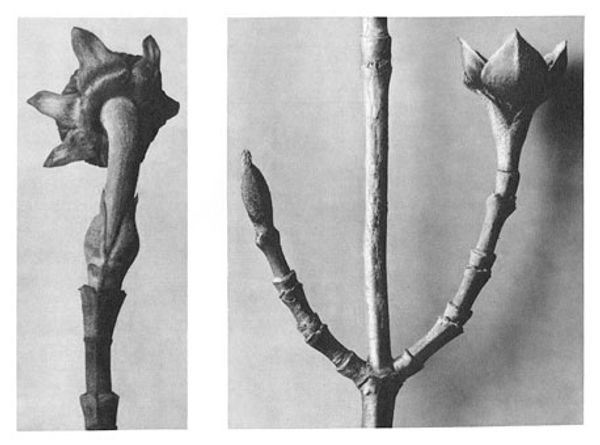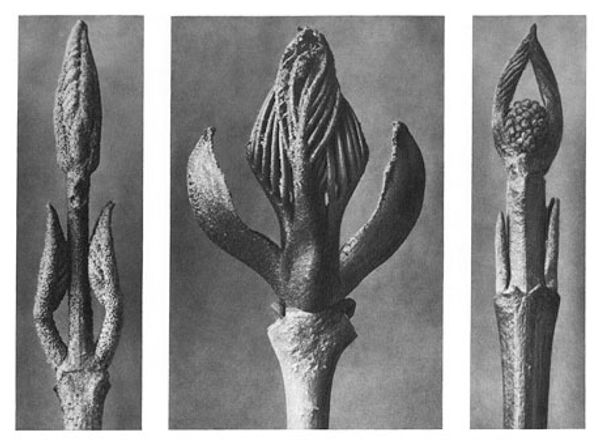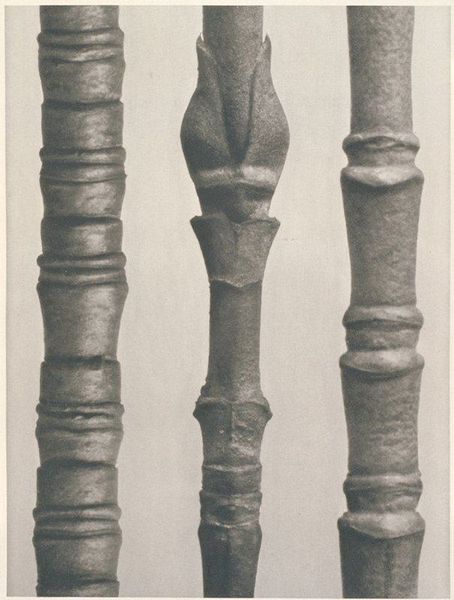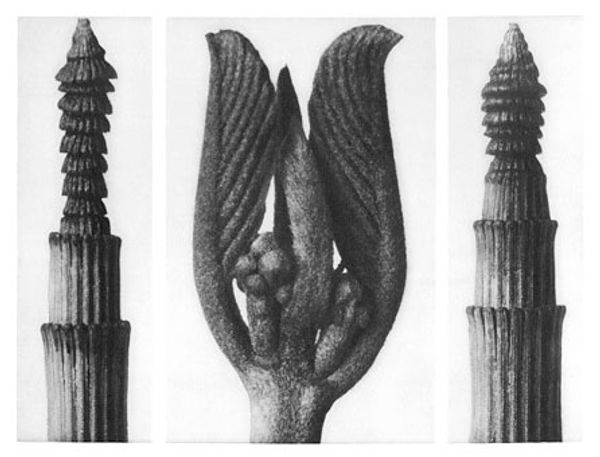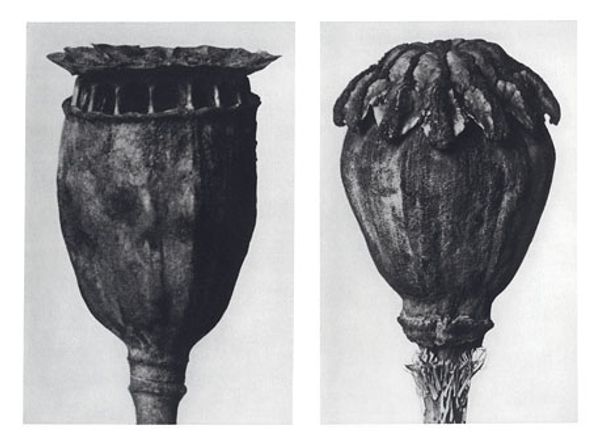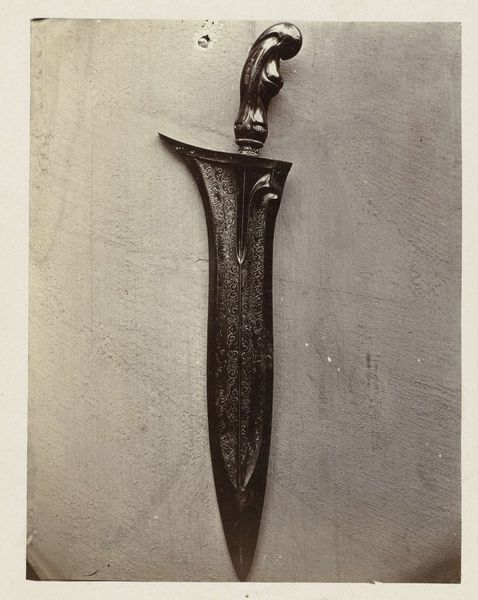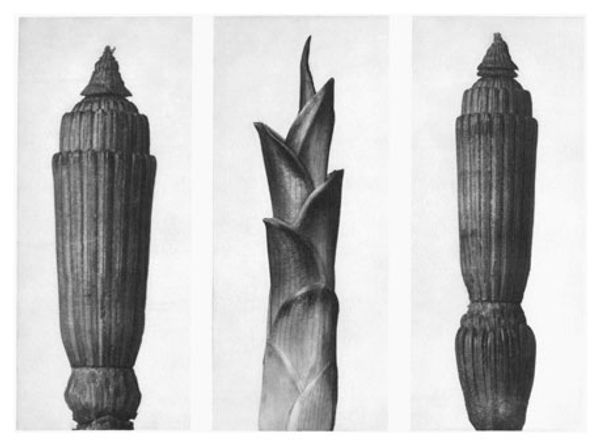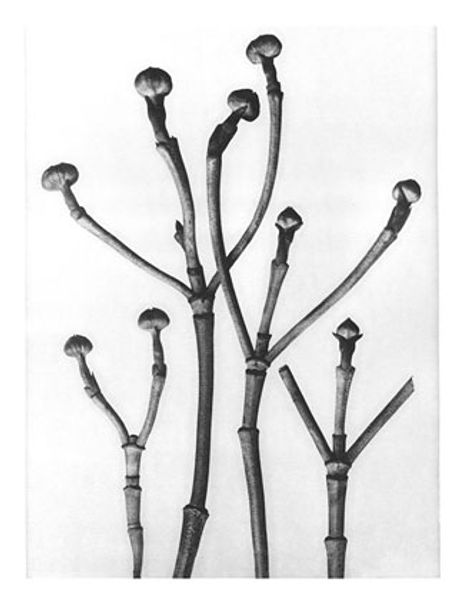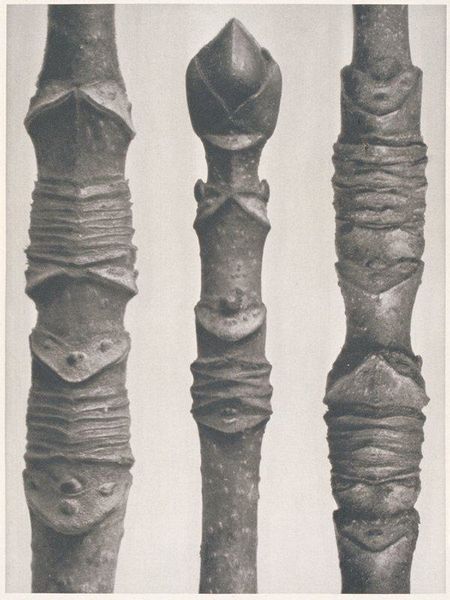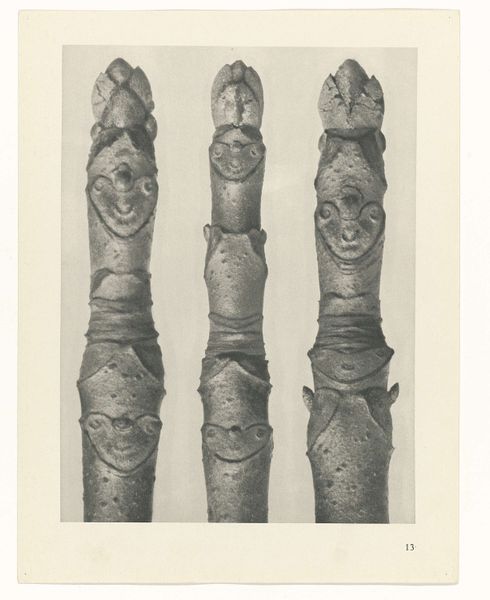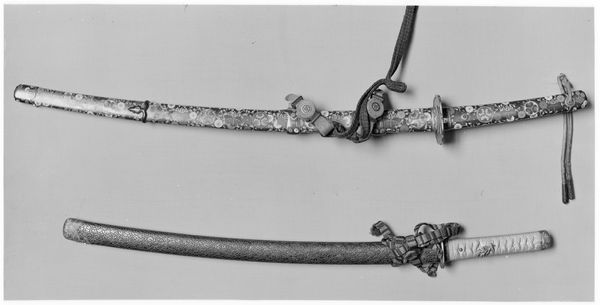
Copyright: Public domain
Curator: Here we have Karl Blossfeldt’s “Art Forms in Nature 16” from 1928. He meticulously captured these plant studies, highlighting their underlying geometric forms using photography and printmaking. Editor: These austere, almost clinical studies strike me with their stark simplicity. There is such rigidity to the monochrome tonality, like some kind of objective analysis, removed from life’s vitality, which makes me wonder why this series continues to intrigue us. Curator: His project had a real impact on the New Objectivity movement, shifting focus away from sentimental art, to more direct representations of the natural world, although he did attempt to explore what he considered the connection between technology and nature. His magnified photographs showcased the recurring architectural principles he thought were evident in natural forms. Editor: I'd argue there's also a commentary here, unintended perhaps, about humanity’s obsession with imposing structure on the organic. It prompts the question: does magnification bring clarity or distortion to our perception of nature and, importantly, to what end? Is this exploration of underlying structures a means of control? Curator: Perhaps. These were intended for use in art education. Think about the historical context. Blossfeldt taught decorative arts; this series became a tool. But also he embraced the power of the camera, making a relatively accessible medium worthy of serious exhibition and study in its own right. Editor: I find myself looking at the societal implications of this desire to catalog, especially regarding access. He also worked during a period of great tension. I believe we should pause for consideration about who had the right and, more importantly, access to document and categorize the world at this time and in what manner that access manifested itself. Curator: I appreciate you highlighting those concerns. It enriches our understanding to remember such factors in art’s presentation. Editor: Exactly, acknowledging this broader history means moving away from notions of a ‘neutral’ observation. Now, every time I engage with this artwork, I question these notions again.
Comments
No comments
Be the first to comment and join the conversation on the ultimate creative platform.
